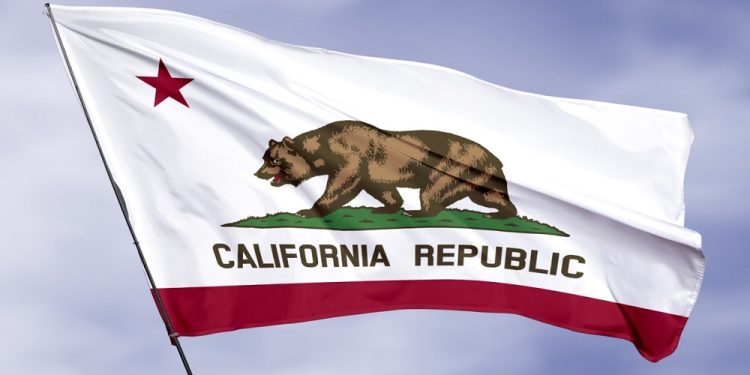
California Admission Day
California Admission Day is a local observance in the state of California that celebrates the state’s admission into the United States as the 31st state. It is a day observed with special events at schools and museums, and it is a day addressed by public officials who enjoy giving speeches about it.
California was admitted to the U.S. as a free state during the Compromise of 1850 after it was ceded by Mexico at the conclusion of the Mexican-American War in 1848.
The History of California’s Admission
On May 13, 1846, the U.S. declared war on Mexico. A month later, on June 15, 1846, a contingent of American settlers in California staged a revolt against Mexican authorities. This revolt would become known as the Bear Flag Revolt. This force captured the Mexican garrison at Sonoma and declared the California Republic as they hoisted a Bear Flag.
However, their control of the area was limited to the area around Sonoma and only lasted for a little less than a month. On July 5, 1846, Brevet Captain John C. Frémont took control of these forces and folded them into his California Battalion.
Four days later, Navy Lieutenant Joseph Warren Revere arrived in the area and replaced the Bear Flag with the U.S. flag, thereby declaring California to be in the possession of the United States.
In 1848, the Mexican-American War came to an end with the signing of the Treaty of Guadalupe Hidalgo. According to the treaty, Mexico ceded a large portion of northern Mexico to what is now the southwestern portion of the U.S. After the acquisition, the U.S. Congress began to argue over how this area would be organized.
At first, Congress was content with leaving it as an unorganized territory because there weren’t many people living in the area. However, this changed when gold was discovered at Sutter’s Mill in California. This caused the local population to swell first with people looking to strike gold and then with people looking to offer goods and services to those prospectors.
The rising population of the area led to the establishment of a local government and increased the pressure on Congress to do something with the area. On November 13, 1849, the California Constitution was adopted, and a proposition was submitted to Congress to admit California as the next U.S. state.
When U.S. President Zachary Taylor died on July 9, 1850, Vice President Millard Fillmore became President. Fillmore had strong ties to the South and was open to a compromise that allowed slavery to be extended into the territories.
As a result, the Compromise of 1850 was easier to adopt. This compromise allowed California to be admitted as a U.S. state without Congress imposing any limitations on slavery. However, California’s state constitution actively prohibited slavery, so concessions were given to slave states.
After the Compromise of 1850 was signed, California was admitted as the 31st state to the Union on September 9, 1850. Since its admittance into the Union, September 9th has been celebrated as California Admission Day, particularly in the Sonoma, California area.
Observing California Admission Day
California Admission Day is celebrated with special exhibits at schools, museums, and some organizations. The day is also usually marked with speeches from public officials and other events.








